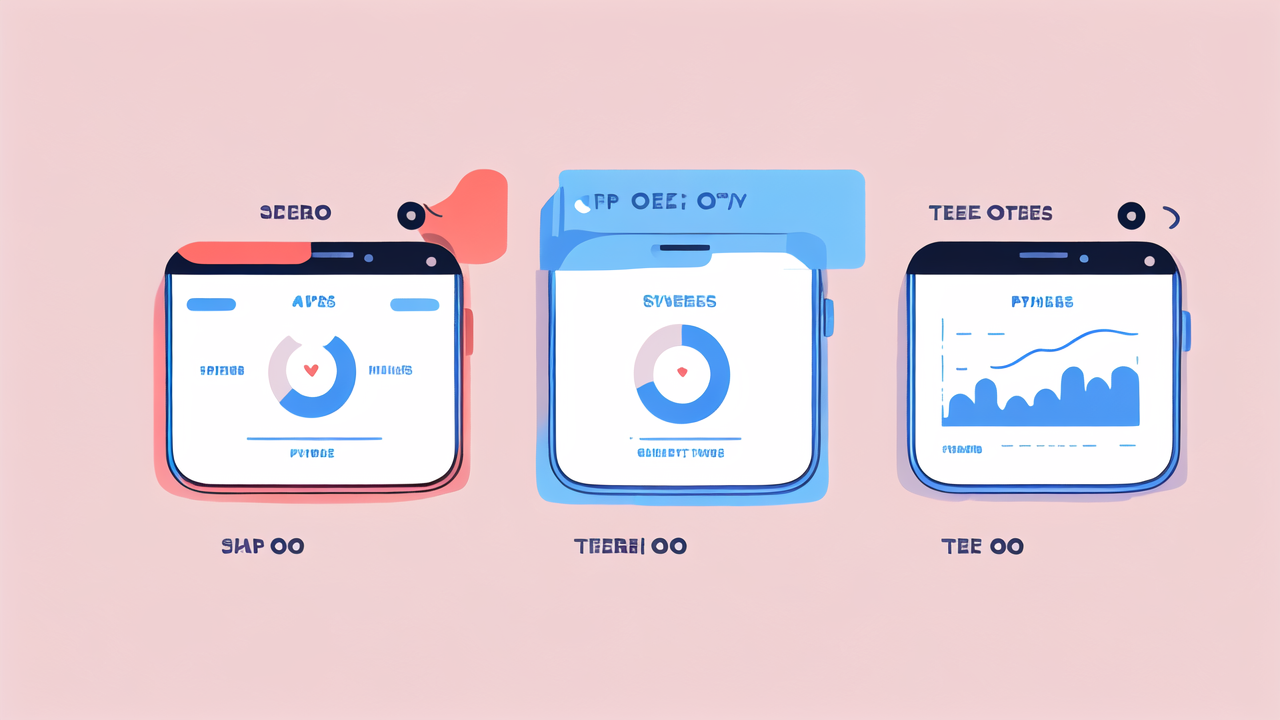Introduction to Wearable Fitness Technology Trends
The Rise of Smart Wearables
Smart wearables have taken the fitness world by storm. These devices are not just gadgets; they're lifestyle companions. They track our steps, monitor our heart rate, and even analyze our sleep patterns. The market for smart wearables is booming, with more people embracing this tech-savvy approach to health.

Fitness enthusiasts and casual users alike are drawn to these devices. They offer real-time data and insights into our daily activities. From smartwatches to fitness bands, the options are vast and varied. These gadgets sync with our smartphones, making data access easy and convenient.
The appeal of smart wearables lies in their ability to motivate and inform. They set goals, track progress, and celebrate achievements. This gamification of fitness has made working out more engaging and fun for many users.
How Pulse Watches Are Revolutionizing Fitness Regimens
Pulse watches are at the forefront of this fitness revolution. These devices do more than just tell time; they're personal health monitors. They track heart rate, a key indicator of physical exertion and overall health. This feature allows users to optimize their workouts and monitor their recovery.
With pulse watches, users can tailor their exercise intensity. They can stay within their target heart rate zones for maximum benefit. This precision in training was once only available to professional athletes. Now, it's accessible to anyone with a pulse watch.
These devices also provide valuable data for rest and recovery. They can detect when the body needs a break, helping prevent overtraining. This balance between activity and rest is crucial for long-term fitness success. Pulse watches make it easier to achieve this balance.
The Intersection of Fashion and Fitness: Pulse Watches
The Evolution of Wearable Fitness Devices
Wearable fitness devices have come a long way. Early models were bulky and unattractive. They focused solely on function, with little regard for style. But as technology advanced, so did design. Today's devices are sleek, stylish, and often indistinguishable from regular watches.

This evolution reflects a broader trend in consumer electronics. People want devices that look good and perform well. Fitness trackers are no exception. Manufacturers now collaborate with fashion designers to create appealing products. The result is a range of devices that are both functional and fashionable.
The materials used in these devices have also improved. Early plastic models have given way to metal, glass, and high-quality synthetics. This upgrade in materials has made wearables more durable and attractive. It's now common to see people wearing their fitness trackers as everyday accessories.
The Role of Pulse Watches in Personalized Fitness
Pulse watches play a crucial role in personalized fitness. They provide data that helps users understand their bodies better. This information allows for tailored workout plans and more effective training. Users can see how their bodies respond to different types of exercise.
These devices offer insights into resting heart rate, an important health indicator. A lower resting heart rate often suggests better cardiovascular fitness. Users can track changes in their resting heart rate over time. This data helps them gauge the effectiveness of their fitness routines.
Pulse watches also aid in stress management. Many models can detect stress levels based on heart rate variability. This feature helps users identify stressful situations and learn to manage them better. It's a holistic approach to health that goes beyond just physical fitness.
Leveraging Pulse Watches for Enhanced User Experience
Innovations in Pulse Watch Technology
Pulse watch technology is constantly evolving. Newer models offer features that go beyond basic heart rate monitoring. Some watches can now measure blood oxygen levels, a valuable metric for endurance athletes. Others can detect irregular heart rhythms, potentially alerting users to serious health issues.

GPS tracking is another innovation that enhances the user experience. Runners and cyclists can map their routes and track their pace without carrying a smartphone. This feature is particularly useful for outdoor enthusiasts who value both performance and safety.
Some pulse watches now incorporate AI technology. These smart devices can learn from user habits and provide personalized recommendations. They might suggest workout intensities based on past performance or recovery needs. This level of customization makes pulse watches powerful tools for fitness optimization.
Case Studies: Pulse Watches Impact on Fitness Goals and Lifestyle
Many users report significant improvements in their fitness levels after adopting pulse watches. One case study followed a group of sedentary office workers. After six months of using pulse watches, 80% reported increased daily activity. They were motivated by the real-time feedback and goal-setting features.
Another study focused on amateur runners preparing for a marathon. Those using pulse watches showed better pacing during training and the race itself. They were able to maintain optimal heart rates, leading to improved performance and faster recovery times.
Pulse watches have also had a positive impact on sleep habits. A study of insomnia sufferers found that 70% improved their sleep quality. The watches helped them identify sleep patterns and make beneficial lifestyle changes. This holistic approach to health is a key benefit of modern pulse watch technology.




Leave a comment
This site is protected by hCaptcha and the hCaptcha Privacy Policy and Terms of Service apply.